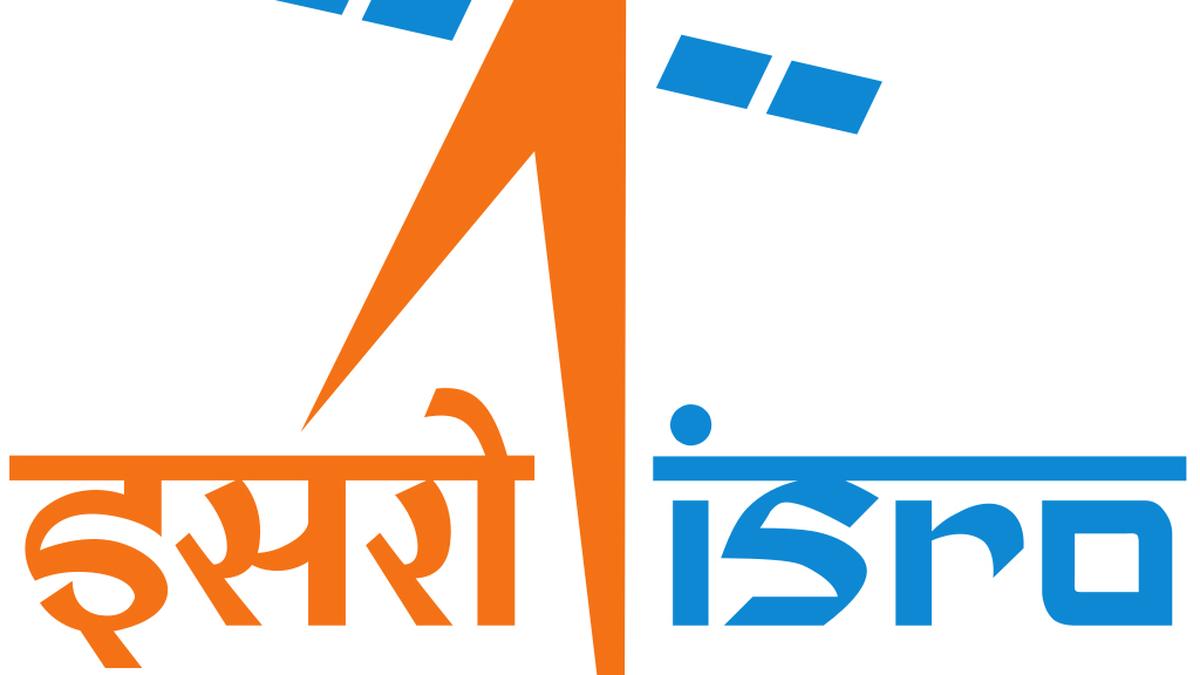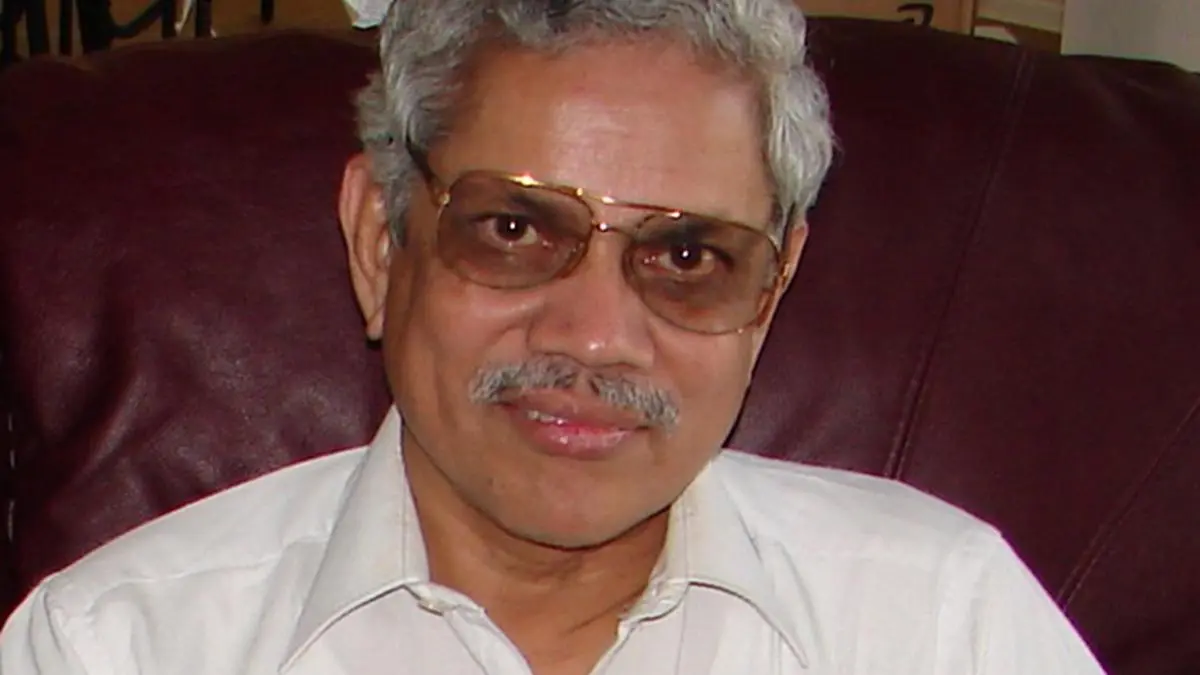
The XX-factor
The XX-factor
Source link

The XX-factor
Source link

As Shubhanshu Shukla becomes the second Indian to hurtle into space, ferried by SpaceX’s Falcon 9 rocket, the country erupts in joy. However, this happy occasion is also a moment of reckoning for the national space agency ISRO.
So far this year, two of the seven strategic space missions launched from the rocket port in Sriharikota, Andhra Pradesh, failed — a concerning 29 per cent failure rate.
Worse is the shortfall in the targeted space missions — only seven were accomplished of the planned 30 between the last quarter of FY24 and FY25.
This implies a mere 23 per cent success rate, as indicated by data from ISRO and the Indian National Space Promotion and Authorisation Centre (IN-SPACe), the regulator for private sector space companies.
In February 2024, the country’s ‘integrated launch manifesto’ was announced, with plans for 30 space launches — commercial and non-commercial — by the government and private players, including seven test launches connected with India’s human space flight mission Gaganyaan.
But the actual achievement pales in comparison with the global competition.
Elon Musk-owned US company SpaceX, through its Falcon rockets, carried out 134 orbital launches in 2024 and 78 in 2025.
IN-SPACe said that of the 14 commercial missions identified, seven are by NewSpace India Limited (NSIL), including the production of two polar satellite launch vehicles (PSLV) through an industry consortium.
“This marks a substantial increase in launch activity compared to previous years, and is a positive indicator of the expanding space ecosystem in the country,” IN-SPACe had said in the launch manifesto.
However, the actual numbers are nowhere near the target. On an average, ISRO carries out about six space launches a year; so the 30 space missions outlined by IN-SPACe appear ambitious.
During the period under review (Q4 of FY24 and FY25), only the following missions were carried out by ISRO: PSLV-C58 on January 1, 2024; GSLV-F14 on February 17; SSLV-D3 on August 16; PSLV-C59 on December 5; PSLV-C60 on December 30; GSLV-F15 on January 29, 2025; and PSLV-C61 on May 18.
Both the missions in 2025 failed.
On May 18, a PSLV rocket carrying an earth observation satellite (EOS-09) with synthetic aperture radar (SAR), designed to strengthen surveillance capabilities, failed during flight. The EOS-09 satellite, with a lifespan of five years, was similar in function to the EOS-04 launched in 2022.
On January 29, the NVS-02 navigation satellite failed to reach its intended orbit due to a pyro valve malfunction. The satellite was carried by another expendable rocket, GSLV-F15. The valve failed to open, preventing oxidiser flow, despite the fuel pumps functioning.
A retired senior ISRO official suggested that the PSLV-C61 third-stage issue could stem from a faulty valve or electrical connector, leading to the pressure drop.
The back-to-back failures are unsettling.
The NVS-02 navigation satellite was meant to replace the ageing IRNSS-1E satellite, as part of India’s regional navigation system.
The cost of two failed missions, coupled with their replacement cost and the opportunity cost, would run into several hundreds of crores of rupees.
Looking ahead, the first PSLV rocket made by the HAL-L&T consortium is expected to lift off later this year.
Similarly, the much-delayed NISAR (NASA-ISRO synthetic aperture radar) satellite, a joint initiative of India and the US, is slated to be carried by the GSLV-F16 rocket sometime in July.
While a couple of start-ups have orbited satellites made by them, the two private rocket makers have come out with their full-fledged rockets.
It is time for ISRO to momentarily lower its gaze, away from the skies and towards the earth below, to gain a grip on the ground realities and set right its course.
If the Indian space sector continues to move at the current pace, the targeted $44-billion space economy by 2033 will remain a distant dream.
(The writer is an independent journalist based in Chennai)
Published on June 29, 2025

Scientists Adithyan TR, Prof Sreeram K Kalpathy and Prof Tiju Thomas of the Department of Metallurgical and Materials Engineering, Indian Institute of Technology (IIT), Madras, have designed and evaluated a tilt-roll two-axis tracking heliostat (solar concentrator) that is economically viable for small-scale applications.
In this heliostat, the design eliminates the need for a commercially available solar tracking system, so it can be deployed in areas with limited installation space. The solar positioning system is capable of operating independently, without the need for a powerful microcontroller or microprocessor.
“The combination of the tilt-roll dual-axis tracking system achieves a heliostat design that could be easily deployed for small-scale usage and experimental purposes in households and academia,” says an article in IIT-M Tech-Talk.
“The results have been demonstrated on a rooftop at IIT-Madras. The heliostat prototype could reflect the sun’s radiation to the desired target. The dual-axis heliostat design used here provides an effective way to track the sun’s movement for maximum solar energy capture by combining tilt and roll mechanisms,” the article says.
Future work will focus on developing and testing advanced heliostat drive devices, such as heliostat with induction motors, and linear drives to reduce operation power losses. Future work may also focus on making the system robust under dynamic wind-loading conditions.
Dr Ajay Chandak, an innovator, developer and entrepreneur in sustainability and a global advisor of Solar Cookers International (SCI), says in the article that the use of heliostats for power generation is obsolete due to the low cost of solar PV.
However, such smaller heliostats can be useful in solar thermal applications.

Scientists at the Centre for Nano and Soft Matter Sciences (CeNS), Bengaluru, have developed a next-generation device that produces green hydrogen by splitting water molecules using only solar energy and earth-abundant materials, without relying on fossil fuels or other expensive resources.
The team designed a silicon-based photoanode using an innovative n-i-p heterojunction architecture, consisting of stacked n-type titanium dioxide, intrinsic (undoped) silicon and p-type nickel oxide semiconductor layers, which work together to enhance charge separation and transport efficiency. The materials were deposited using magnetron sputtering, a scalable and industry-ready technique that ensures precision and efficiency. This engineering approach allowed better light absorption, faster charge transport and reduced recombination loss — key ingredients for efficient solar-to-hydrogen conversion.
“The device is highly effective at generating hydrogen under solar energy,” says a press release. It also showcases “exceptional long-term stability, operating continuously for over 10 hours in alkaline conditions with only a 4 per cent performance drop, a rare feat in Si-based photoelectrochemical systems,” the release says.
This new device is attractive for several reasons, including high efficiency, low energy input, robust durability and cost-effective materials, all in one package. It even demonstrated successful performance at a large scale, with a 25 sq cm photoanode delivering excellent solar water-splitting results.
“By selecting smart materials and combining them into a heterostructure, we have created a device that not only boosts performance but can also be produced on a large scale,” says Dr Ashutosh Singh, who led the research. “This brings us one step closer to affordable, largescale solar-to-hydrogen energy systems,” Singh says in the release.
Published on June 29, 2025

Two home-grown engine makers devise ways to wriggle out of China’s stranglehold on rare earth minerals
Source link

Agricultural productivity in India is lower than in some other countries. Wheat yield, for instance, is roughly 2.7 tonnes a hectare in India, compared with 6 tonnes in China.
Technological aids such as drones and sensors are helping step up agricultural output, but artificial intelligence (machine learning) can prove to be an even bigger game changer, especially in determining which crops to grow next for improved yields and profits.
‘ML-based crop recommendation systems’ is the next big thing in agriculture today. With over 145 million small farms in India, most under 1.1 hectares, farmers need clear, data-based guidance to choose the right crops for better income and resilience against climate change.
In this, two independent researches have concluded that the ‘random forest’ ML model has the highest prediction accuracy. The ‘random forest’ model combines multiple ‘decision trees’ — ML algorithms that use tree-like structures to make predictions.
The first study is by scientists Steven Sam and Silima Marshal D’Abreo of the Brunel University, London. They examined 12,389 data points of 19 crops in 15 Indian States during 2011-14.
“We combined environmental and economic input parameters to develop and evaluate the accuracy of two machine-learning models (‘random forest’ and ‘support vector machines’) for recommending high-yield and profitable crops to farmers,” the authors say in a yet-to-be-peer-reviewed paper.
They concluded that ‘random forest based on lag variables’ (past values of a data point used to predict the future) is the most accurate.
The researchers tested two computer-based models to see how well they could suggest the right crops. One method showed high accuracy but wasn’t realistic because it didn’t consider how crop conditions change over time.
To balance accuracy with real-world usefulness, the researchers introduced ‘lag variables’, which improved the model’s performance. In the end, the model using the random forest method with the time-aware approach worked best for crop recommendations in India.
The study highlights that an examination of both market and environmental factors produces better advice for farmers. It also suggests that future improvements should include more data like market demand, prices and returns, to make the recommendations even more suited to India’s diverse farming conditions.
Another research paper, titled ‘Crop recommendation system using machine learning’, by researchers at the Prakasam Engineering College in Kandukur, Andhra Pradesh, has also concluded that the random forest model is the best, with accuracy of 99.3 per cent.
“The system successfully recommends optimal crops across 22 different crop categories, contributing to improved agricultural productivity and sustainable farming practices,” say the authors of the paper, Dr M Lakshma Rao and his student Soprala Naveena.
“The crop recommendation system represents a successful integration of machine learning technology with agricultural science, creating a tool that bridges the gap between sophisticated analytical capabilities and practical agricultural applications,” they say, adding that the system “serves as a proof of concept for the broader potential of artificial intelligence and machine learning to support sustainable, productive and equitable agricultural systems”.
Published on June 29, 2025

Astronomer Carl Sagan famously had Voyager-1 turn briefly and snap a picture of the earth — a ‘pale blue dot — from 3.7 billion miles away.
Back in the Archean eon (3.8-1.9 billion years ago), that image would have been a ‘pale green dot’ — there was little or no atmosphere on earth, and the oceans were green, as a group of Japanese scientists have deduced.
There were only single-celled organisms in the oceans, making food from the iron dissolved in the water — a process that released oxygen and led to ‘the great oxidation event’ about 2.4 billion years ago.
Iron deposits from this period, known as banded iron formations, show layers of oxidised and unoxidised iron, recording this key environmental shift.
Japanese researchers studying the greenish waters around the volcanic island of Iwo Jima found similarities to ancient oceans. The green of the water is due to oxidised iron and supports blue-green algae — primitive bacteria that can use both green and white light for photosynthesis.
In the future, sulphur from volcanic activity could see purple bacteria proliferating. And if oxidised iron enters the oceans, you may have rolling waves of red.
An unprepossessing sight, for sure!
Published on June 15, 2025